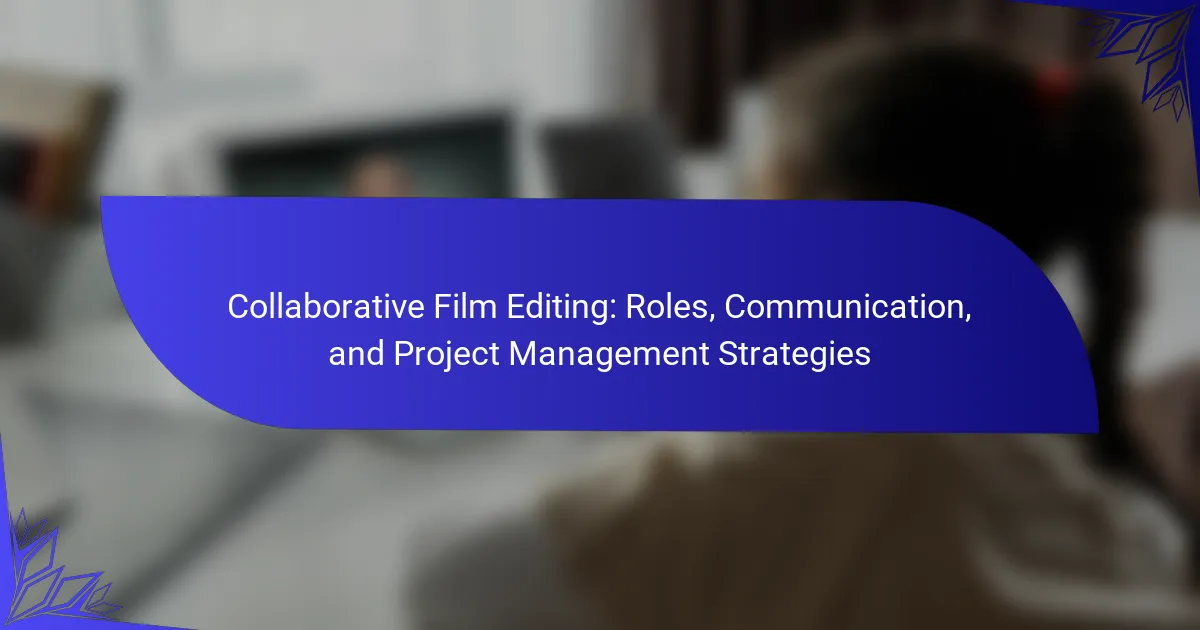Collaborative film editing involves multiple editors working together on a film project, enhancing creativity and efficiency during the editing phase. This process relies on effective communication, allowing editors to share ideas, techniques, and feedback, which leads to diverse perspectives and innovative solutions. The use of shared software platforms facilitates teamwork among editors. Research indicates that […]

The Importance of Continuity Editing: Principles, Examples, and Effects on Audience Engagement
Continuity editing is a vital filmmaking technique that ensures a seamless flow of action and narrative, maintaining spatial and temporal consistency. This article explores the principles of continuity editing, highlighting its role in enhancing audience engagement and understanding. It discusses various methods, such as match cuts and shot-reverse-shot, and presents notable examples from films like […]
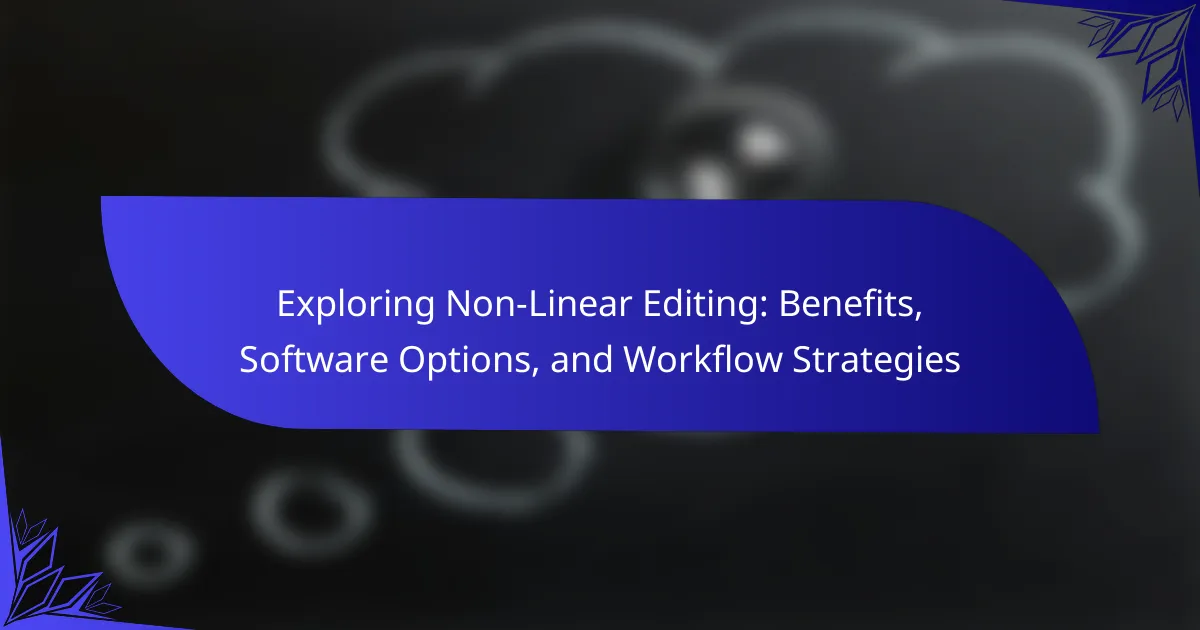
Exploring Non-Linear Editing: Benefits, Software Options, and Workflow Strategies
Non-linear editing (NLE) is a video and audio editing method that allows editors to access any frame in a digital file without following a specific sequence. This article explores the benefits of NLE, highlighting its flexibility and efficiency compared to linear editing. It reviews popular NLE software options, including Adobe Premiere Pro, Final Cut Pro, […]
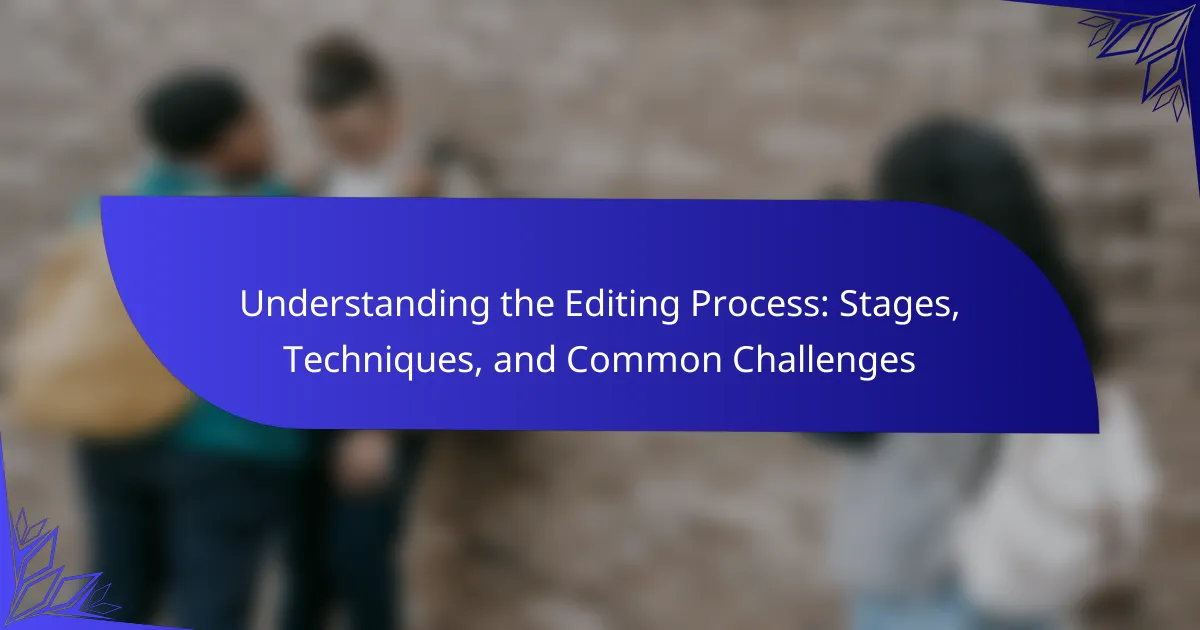
Understanding the Editing Process: Stages, Techniques, and Common Challenges
The editing process is a systematic approach to reviewing and correcting written content, encompassing stages such as content evaluation, structural adjustments, and proofreading. This process involves assessing clarity, coherence, and overall effectiveness while identifying grammatical errors, punctuation, and formatting issues. Effective editing is essential for enhancing the quality and readability of text, as research shows […]
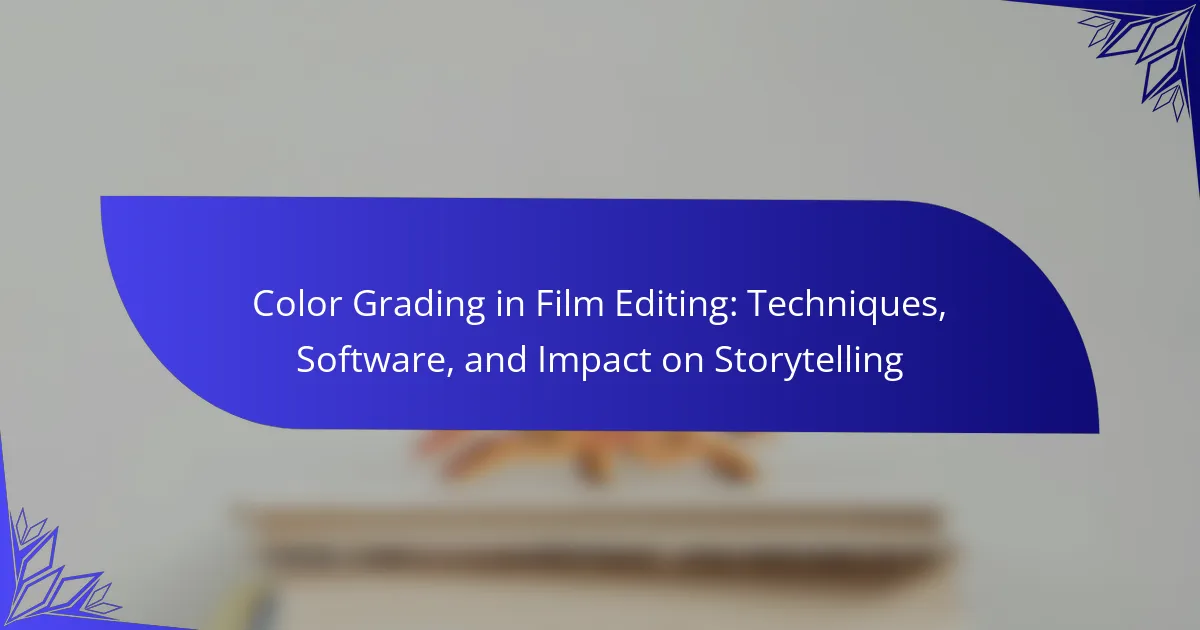
Color Grading in Film Editing: Techniques, Software, and Impact on Storytelling
Color grading in film editing is the process of adjusting the color of footage to enhance the visual tone and mood of a film. This technique involves modifying brightness, contrast, saturation, and color balance, significantly impacting storytelling by influencing emotional responses and reinforcing narrative themes. Key techniques include primary color correction, secondary color correction, and […]
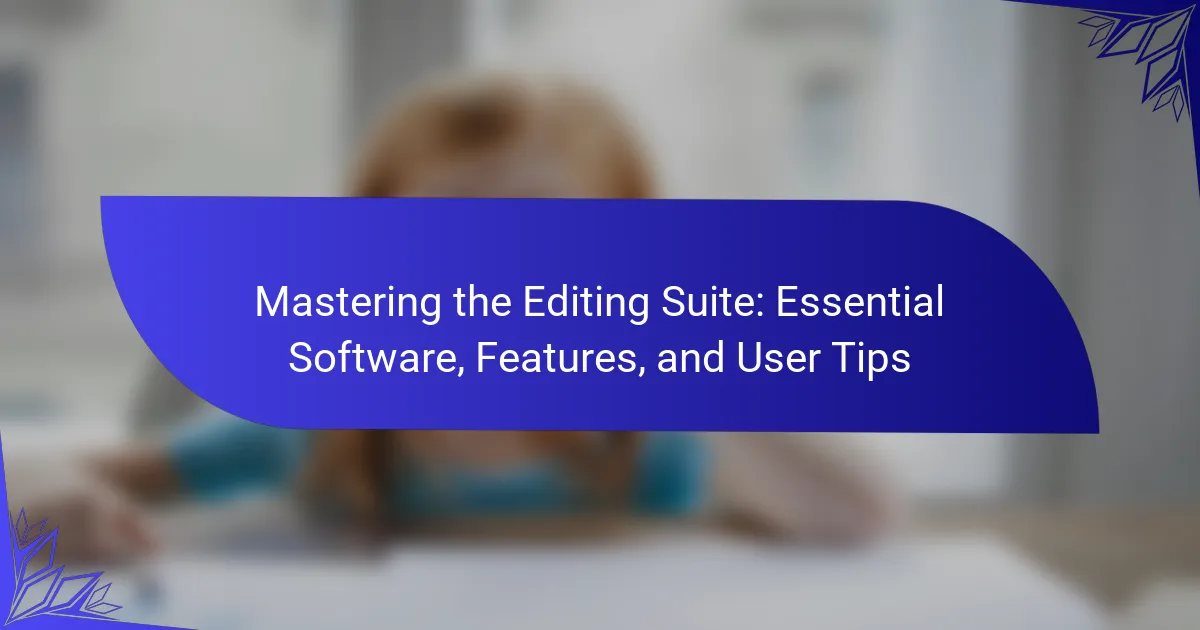
Mastering the Editing Suite: Essential Software, Features, and User Tips
The Editing Suite is a specialized software environment designed for video and audio editing, featuring tools for cutting, arranging, and enhancing multimedia content. Key software applications include video editing programs like Adobe Premiere Pro and Final Cut Pro, audio editing tools such as Adobe Audition and Avid Pro Tools, and color grading software like DaVinci […]
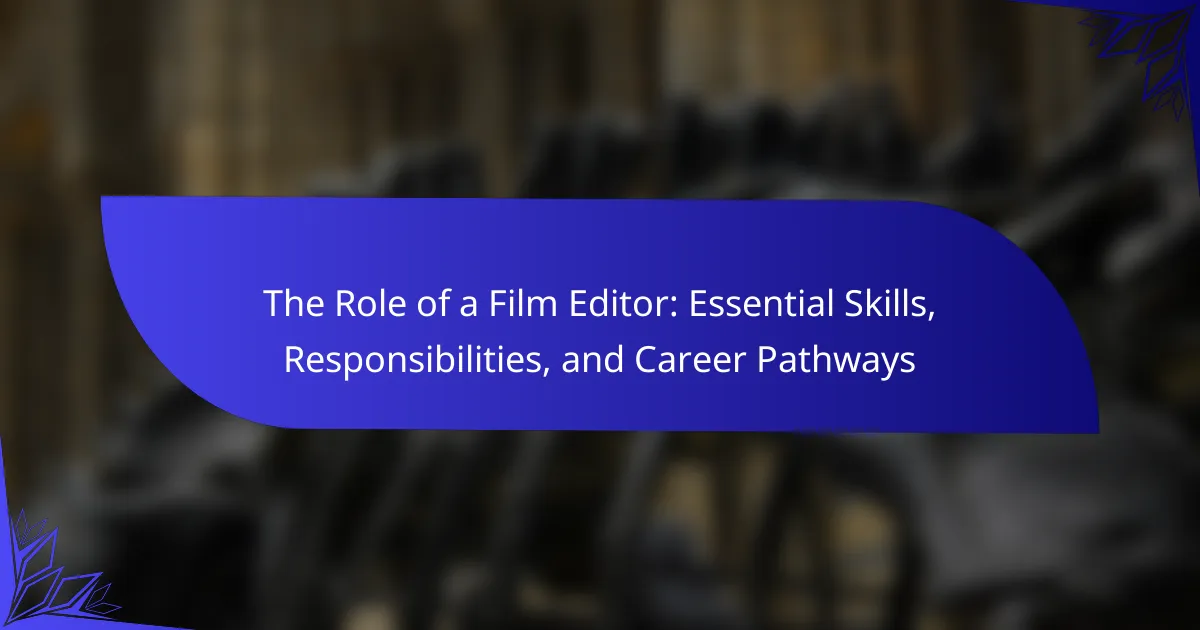
The Role of a Film Editor: Essential Skills, Responsibilities, and Career Pathways
The film editor is a pivotal role in the filmmaking process, responsible for assembling recorded footage into a coherent narrative. Key responsibilities include selecting and arranging scenes, managing pacing and timing, and collaborating with directors to achieve the desired vision. Film editors utilize specialized software such as Adobe Premiere and Avid Media Composer, and may […]
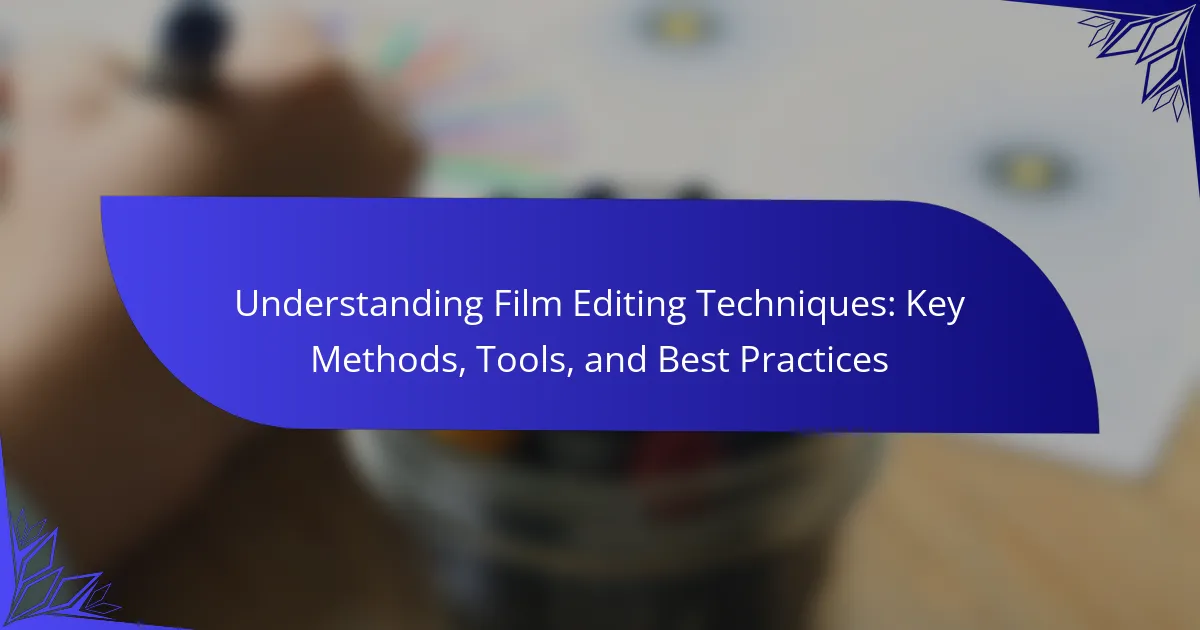
Understanding Film Editing Techniques: Key Methods, Tools, and Best Practices
Film editing techniques are essential methods for assembling and manipulating footage in filmmaking, including cutting, transitions, and pacing. Key practices involve maintaining narrative structure and continuity while effectively managing pacing to enhance viewer engagement. Historical examples, such as Sergei Eisenstein’s montage, underscore the significance of these techniques in shaping storytelling. Aspiring editors can learn these […]
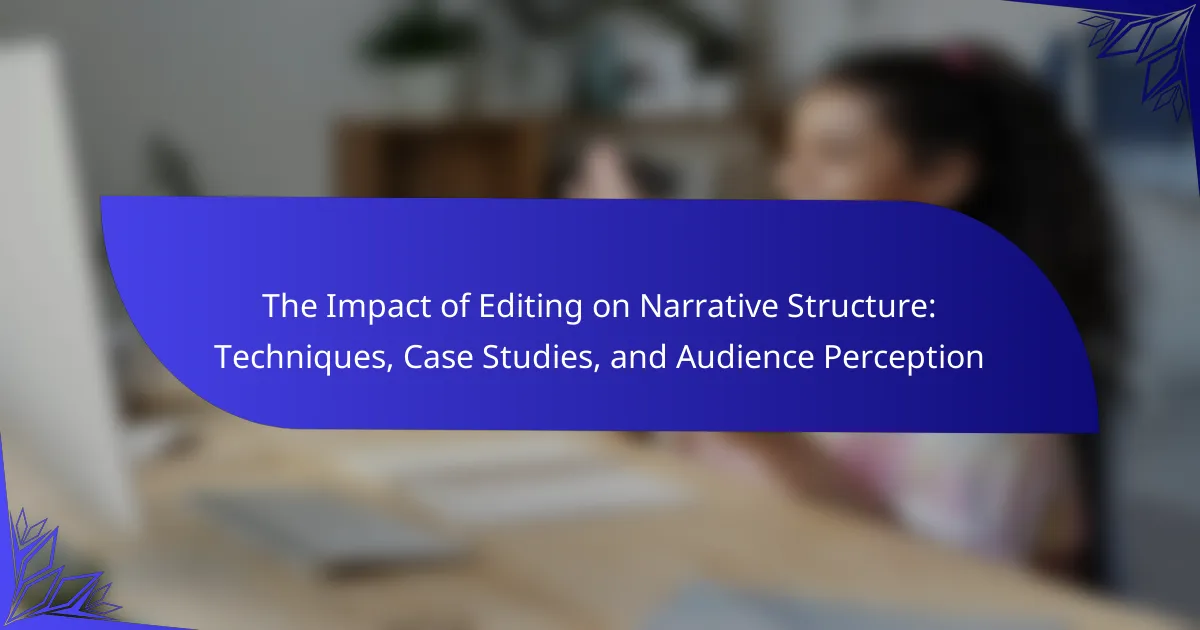
The Impact of Editing on Narrative Structure: Techniques, Case Studies, and Audience Perception
Editing plays a crucial role in shaping narrative structure by influencing the flow, coherence, and emotional impact of a story. This article examines various editing techniques, such as linear editing, non-linear editing, and montage, and their effects on audience perception and engagement. Case studies from films like “Psycho,” “Whiplash,” and “The Social Network,” as well […]
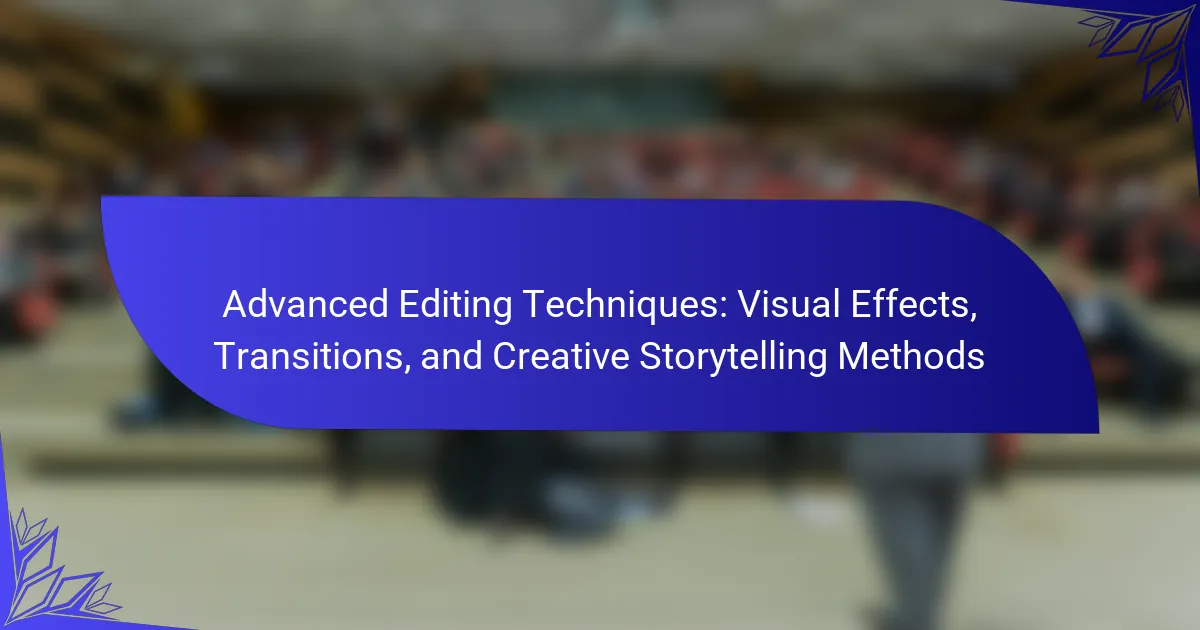
Advanced Editing Techniques: Visual Effects, Transitions, and Creative Storytelling Methods
Advanced editing techniques encompass sophisticated methods used in video and film editing to enhance visual storytelling and production quality. Key components include visual effects, complex transitions, and creative storytelling methods, which are essential for professional-grade productions. Visual effects such as CGI and color grading add depth, while transitions like L-cuts and J-cuts ensure a seamless […]
